In June 2007, Apple launched its first iPhone.
Five months later, the Great Recession hit. This brought a wave of unemployment, crashed markets, and spiraled real estate prices.
That’s not the best time to launch a luxury item like an iPhone, isn’t it? Yet Apple sold more than 10 million phones by October 2008. How did it happen?
Apple has a history of being proactive. Despite the financial crisis, they saw an opening in the market for a smartphone.
When things get tough, it’s easy for business owners to get caught up in fear and anxiety. The problem is that anxiety usually results in reactive, rather than proactive, decisions.
Those reactive decisions could cost you your business.
You can’t control what’s going to happen tomorrow, next week, or next month. But you can be proactive. You can pay attention to new trends and prepare for the unknown.
In this article, we’ll cover why a proactive marketing strategy is critical for growth and describe the ways you can implement this strategy for your company.
Outline:
What is the difference between the proactive and reactive marketing strategies?
Before we dive into what a proactive strategy is and why it matters, let’s talk about what we mean by proactive and explore the difference between being proactive and reactive.
The core difference between them is initiative.
When you are proactive, you don’t wait for customers to tell you what they need. You have it ready before they even realize they want it.
When you are reactive, you wait for someone else to come out with a new product or feature and ride on their coattails.
Reactive marketing is about responding to opportunities after they arise. For example, changing a PPC campaign after the data proves it isn’t working or creating content that customers or leads have requested.
Proactive marketing is taking action based on predictive data and ensuring that people know who you are long before they ever need your product or service. For example, noticing growth in the automated chatbots industry and investing before they become mainstream.
Being proactive doesn’t come naturally to many business leaders, especially in busy companies just trying to stay one step ahead.
Why is a proactive strategy critical to business success?
For starters, a proactive strategy tends to be cheaper. It costs less to take care of small issues before they become big, expensive problems.
It also increases the flexibility of your company as a whole. When you are constantly looking forward and planning, your business can innovate and pivot when times get tough.
Let’s say you owned a bakery at the start of the COVID crisis. If you were paying attention, you might have noticed that more customers wanted to be able to order online and just pick up their order — or even get it delivered.
Now, there was no way you could have predicted the government would force restaurants and bakeries to close to dine-in customers, right?
But, as a proactive business owner, you decided to learn about what platforms you could use for online ordering, what type of hardware you need, and how to integrate it with your accounting software.
Then COVID hits, but you’re prepared.
You didn’t plan for a global pandemic, but you did pay attention to changing trends. You quickly set up online ordering and can keep serving customers.
On the other hand, your competitors are still trying to figure out how to access their website that they haven’t updated since 2016.
If you want to be a business that doesn’t just survive — even when things are bad — you need to learn how to build a proactive marketing and growth strategy.
Here’s how you can do it:
Focus on what you have
I mentioned that proactive strategies tend to be cheaper — here’s another reason why.
Part of being proactive is about figuring out what you already have that can be more useful. For example, finding more ways to leverage the content, expertise, and voices you already have in your company.
Rather than waiting to see what the market does in a few weeks, look for ways to reach customers and prospective clients with the content you already have.
Rework current content
What content is doing exceptionally well right now? Maybe it’s getting a ton of likes on Twitter, driving traffic to your website, or making the rounds on Facebook.
Take the time to analyze that content — why is it so successful? Is it the topic, the type of content, or something else? Once you understand the reason, use that information to rework current content.
For example, say you have a long-form article that is doing numbers, like this case study we created about Podia, one of our clients:

We covered what we did for Podia and how it helped them rank #1 for key terms. It was a pretty popular video and post, which means we hit a nerve with our audience.
Maybe they are facing similar issues as Podia. So, we might create a blog article that outlines the steps we took for Podia and explain how people can use that strategy for their business.
Or, you might choose to rework a popular podcast into a blog post or turn a live video into a webinar.
You’ve already done a ton of work to create high-quality content — don’t let it go to waste. Instead, look for ways to repurpose that content into other high-value pieces.
Record videos
I know, I know. Video marketing isn’t groundbreaking news. It’s been around for a while, yet many businesses are still not investing.
And that could be a costly mistake.
According to a recent study, 92% of marketers say that video marketing is a critical part of their marketing strategy.
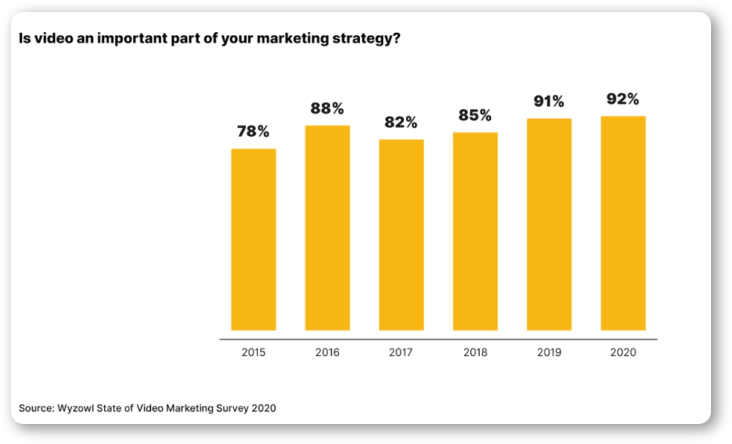
But only around 86% of businesses are using video marketing in 2021, which is a slight decline as compared to 2019, when 87% of businesses were leveraging it.
If you aren’t using video marketing — or if you aren’t putting a ton of effort into it — then now is the time.
Video consumption is going up, so business leaders would be well served to be proactive here.
If you’re unsure what kind of video content you should be creating, take a look at how VPNGuru created both a blog post and a YouTube video for their SurfShark review.

The VPN comparison site uses video marketing to answer popular questions that its target audience may be asking.
Add a FAQ page to your website
What questions do your customers ask over and over again?
For example, if you have a SaaS company, they might want to know how to use a specific feature, when support is available, or how to upgrade their account.
When customers can’t find that info, they tend to get annoyed. Or, they call support, which costs money.
Be proactive by answering these questions on your website in an easy-to-read format.
For example, EarlyBird created a FAQ page to answer the most common questions about how the service works and the benefits it offers.
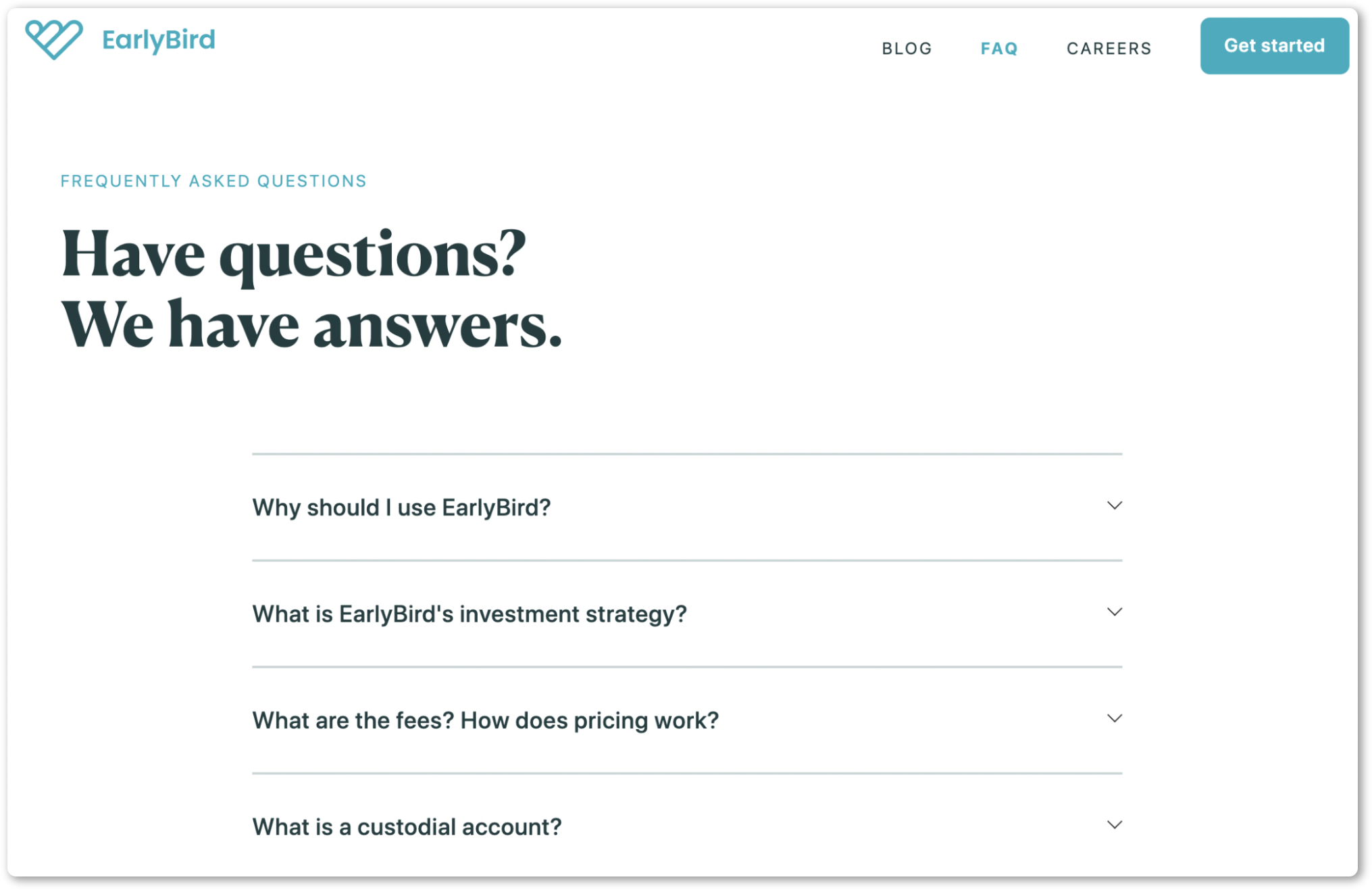
As a bonus, FAQ can make it easier to snag Google’s featured snippets, which helps drive more traffic to your website.
If it seems too complicated for you just try using an AI website builder to add a FAQ page to your website, this will automatically simplify every action for your users and provide overall better browsing experience.
Invest in paid social ads
Paid ads can be critical to driving traffic and conversions. But they are expensive — and they aren’t proactive.
Search ads are most effective when used to target potential clients who have a high intent to buy, for example, “Buy Nike sneakers” or “Indian restaurant near me.” Those are high-value searches — but they are reactive rather than proactive.
So why, you might wonder, do I think social media ads are so valuable?
For starters, social media is where your audience is hanging out. Consider this:
- People watch more than 5 billion videos a day on YouTube.
- There were 2.6 billion active users on Facebook at the end of 2019.
- Instagram had 1 billion users as of June 2018, the last time they released usage stats.
But organic reach on social media is down — and it has been down for years.
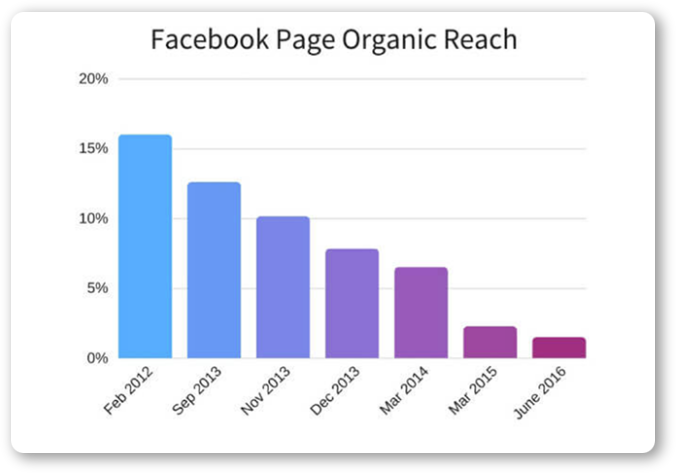
Posting to your business’s Facebook page is only going to reach a tiny portion of your prospective audience. Using ads allows your brand to fix this problem for the least amount of money.
It might be hard to justify spending on marketing right now. And it may not be the right choice for everyone — you will have to look at your specific situation.
The cost for paid ads tends to go down when things are bad. In fact, cost-per-mille of advertising on social media in the U.S. dropped to $0.089 in mid-March 2020, which was significantly lower than its previous cost.
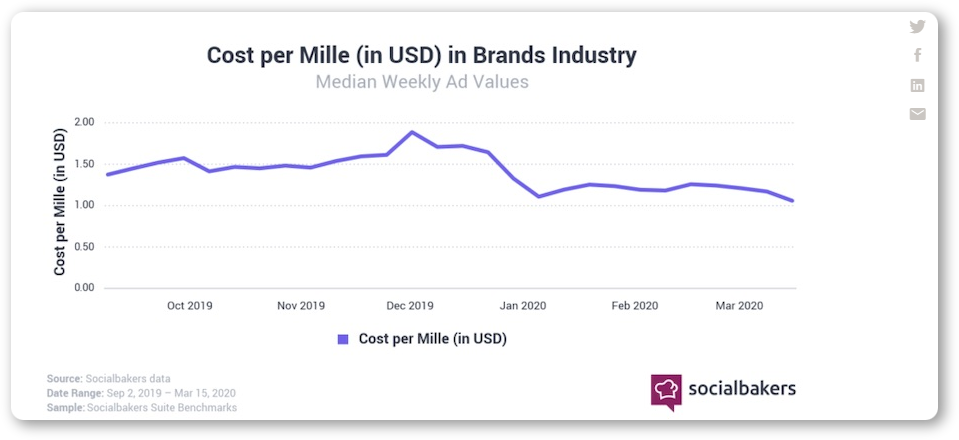
When times get tough, many businesses pull back, which means ad cost is significantly lower.
As a result, you can reach even more people for less money, making it an easy way to expand brand awareness for just a small investment.
Review your processes
The Pareto principle states that 80% of effects come from 20% of the effort you put in. That means that 80% of your revenue will come from just 20% of your clients.
What if you could focus more on those 20% who drive the majority of your revenue?
Or, what efforts are taking up 80% of your time and resulting in little or no impact on your business?
Here are a few processes you should reexamine.
Customer intake process
Is your intake process efficient? Or are you relying on employees to manually enter data and send resources?
Can you streamline the process by offering online training modules or creating an automatic email drip campaign? Are there tools you can use to capture and input client information automatically?
Take frevvo, for example. It’s not just a workflow analysis software. It’s also a highly effective no-code software that enables you to build automated customer onboarding processes for seamless customer intake.
Automating customer or client intake doesn’t just save time — it also improves consistency by ensuring every customer gets access to critical onboarding information.
Document storage and access
Are you still using manual document storage processes? That is valuable time that could be spent focusing on improving your product or following up on leads.
Consider using a project management tool with document management facilities.
That way, all your documents are organized effectively in one easy-to-reach place. Not only does this make it easier to find the latest version of your documents, it also makes it more straightforward for teams to collaborate on documentation.
Meeting scheduling
The average middle manager spends nearly 35% of their day in meetings — and that doesn’t include the time required to plan a meeting by finding a room, sending out an agenda, and making sure everyone knows how to get there.
If you are handling these tasks manually, consider leveraging a meeting management tool like Calendly.
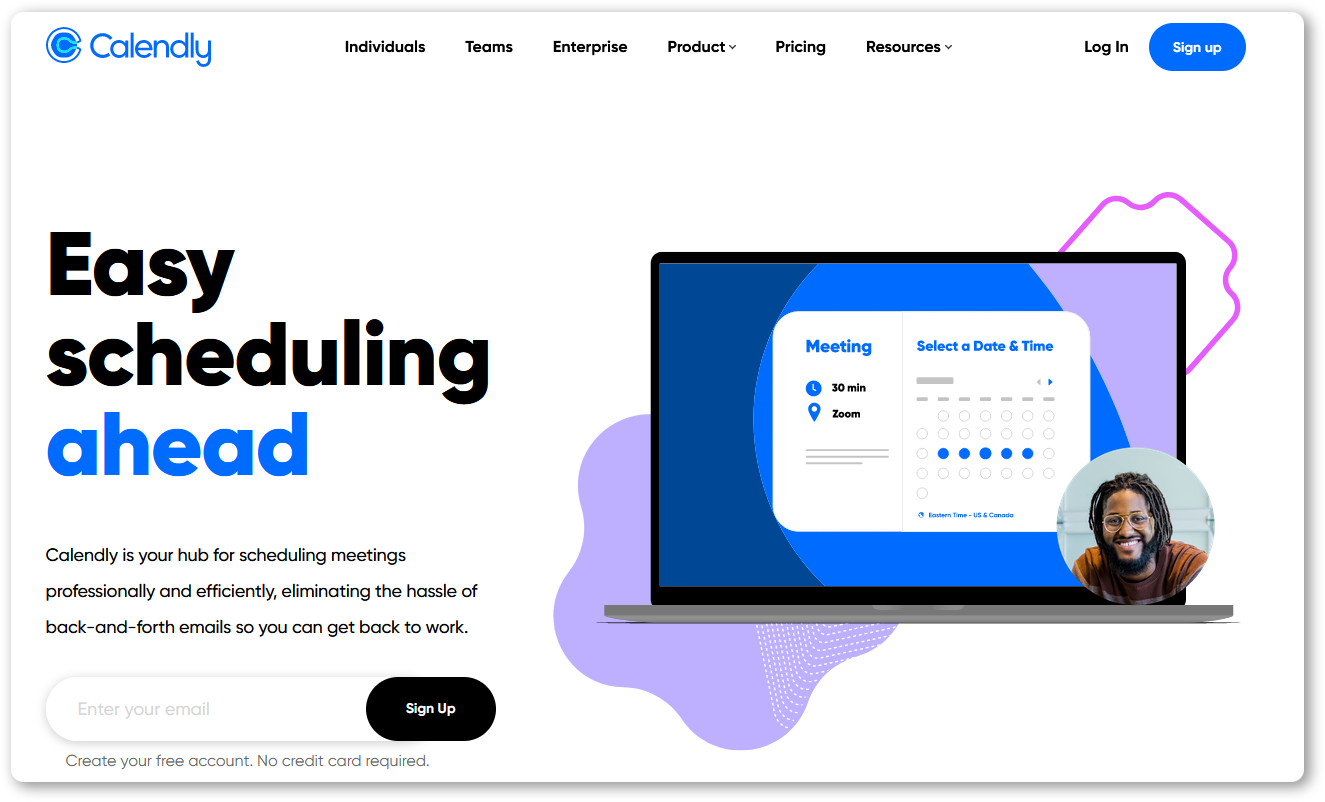
These tools make it easier to schedule meetings by automating parts of the process, such as finding the room with the right software and sending out directions to attendees. They can also analyze how to use space to improve efficiency.
Final thoughts
Businesses that rely solely on reactive marketing stick to the status quo. They don’t try new things; they aren’t willing to innovate, and, all too often, they find themselves unprepared when things go sideways.
Proactive leaders are constantly looking forward.
That might mean using data to predict what customers may want from your business in the months or years to come, but it also means building a strong brand that keeps your business at the forefront of customers’ minds.
Most businesses are adept at reacting to the markets — but industry leaders know how to look at the data and predict what customers will need before they do.




